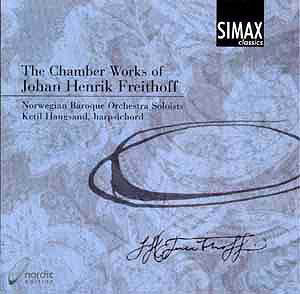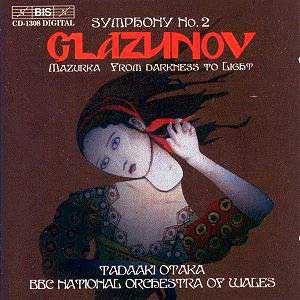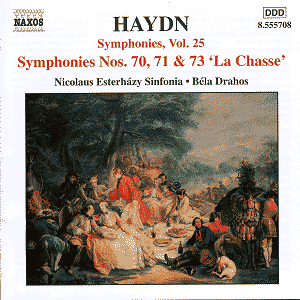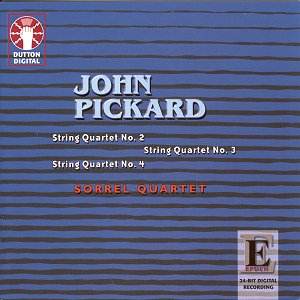 Composer: Johan Henrik Freithoff
Composer: Johan Henrik Freithoff
Works: Notturno in B flat, Sonata a flauto traverso solo in G major, Sonata 2 / Trio in G major, Sonata a violino solo in E major, Notturno a tres in E major, Sonata a tres in A major, Trio in E major, Trio in D major
Performers: Norwegian Baroque Orchestra, Soloists, Ketil Haughsand
Recording: February 2001, Fannrem Church, Norway
Label: SIMAX PSC 1220
The chamber works of Johan Henrik Freithoff, a composer whose career straddles the Baroque and early Classical periods, provide a compelling glimpse into the evolution of musical thought in 18th-century Scandinavia. Little-known outside of niche classical circles, Freithoff’s compositions, which range from solo instrumental pieces to trios, reflect a transitional style that hints at the burgeoning Rococo aesthetic. His background as a court musician and diplomat informs the character of his music, which is both refined and accessible, embodying a sense of grace and ease that invites listeners to engage with its subtleties.
The Norwegian Baroque Orchestra under the direction of Ketil Haughsand delivers a performance that is both technically proficient and emotionally resonant. The ensemble’s execution is marked by a clarity that allows Freithoff’s melodic lines to breathe. In the Notturno in B flat, the string textures are deftly articulated, with a delicate interplay that captures the essence of the composer’s intention. The choice to highlight the individual voices within the ensemble’s rich tapestry allows the listener to appreciate the intricate counterpoint, particularly in the Trio in E major, where the dialogue between instruments is both playful and profound.
Interpretively, the musicians embrace the joy inherent in Freithoff’s music. The Affetuoso movement from the E major string trio exemplifies this approach, where the performers navigate the nuanced emotional landscape with a commendable restraint. The phrasing is imbued with a lyrical quality that speaks to the innate charm of the work, while the rhythmic vitality is perfectly balanced, avoiding the pitfalls of overindulgence that can sometimes plague interpretations of lesser-known repertoire. Haughsand’s direction is particularly effective in maintaining a sense of momentum without sacrificing the music’s lyrical integrity.
From a technical standpoint, the recording quality is exemplary. The acoustics of Fannrem Church contribute a warm resonance that enhances the natural timbres of the instruments. The engineering captures both the individual nuances of the performances and the ensemble’s collective sound, ensuring that no detail is lost. This is especially evident in the subtleties of dynamics and articulation, where the delicate interplay of dynamics lends a palpable sense of space to the performances.
While Freithoff remains overshadowed by more prominent contemporaries, this recording serves as a valuable addition to the canon of Baroque chamber music. It fills a gap between the established Baroque idiom and the emerging Classical style, positioning Freithoff as an interesting figure worthy of further exploration. The Norwegian Baroque Orchestra’s performance is an invigorating reminder of the rich tapestry of musical history that awaits discovery, offering both seasoned listeners and newcomers a delightful journey through the lesser-known corners of the repertoire.
This disc not only illuminates Freithoff’s unique voice but also invites a reassessment of the transitional period he embodies. It stands as a testament to the power of music to transcend time and place, presenting a compelling case for the inclusion of this composer in broader discussions of 18th-century music. The combination of thoughtful interpretation, technical prowess, and high-quality production makes this recording a significant and enriching experience for anyone seeking to deepen their understanding of the period.



